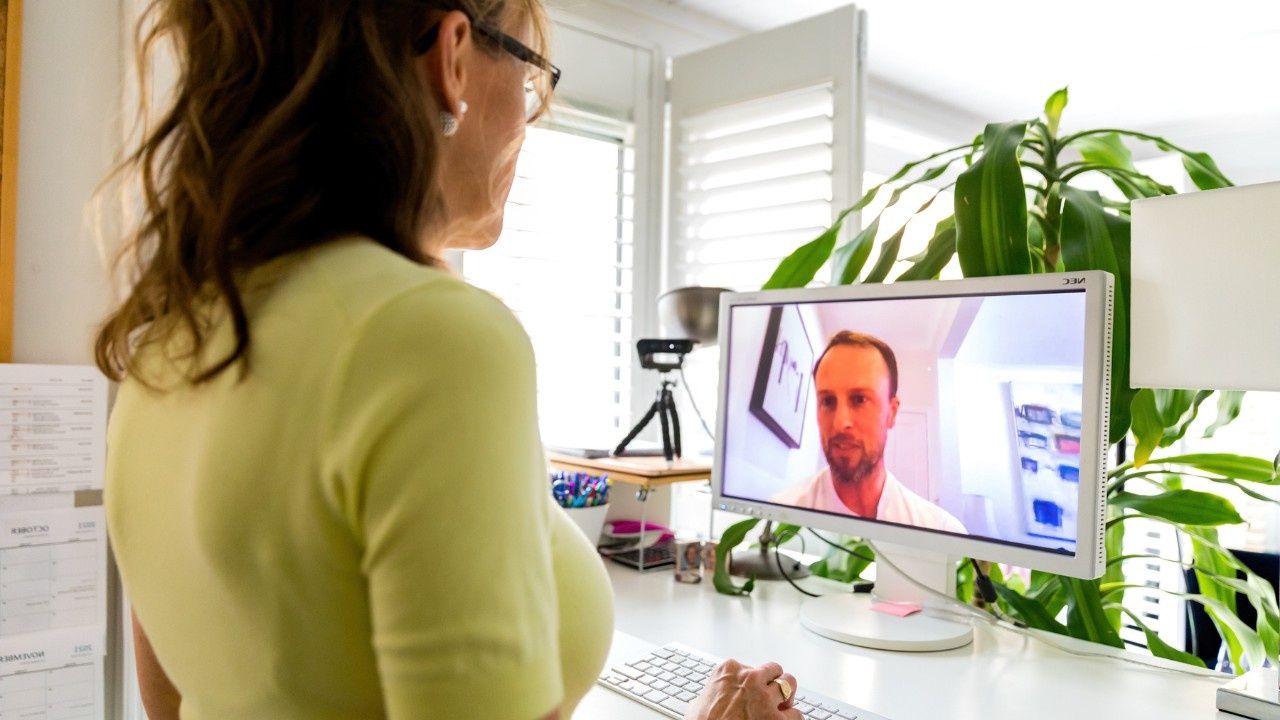Holding the Tension: How Sustainability Leaders Balance Urgency and Vision
Nov 17, 2025
In today’s turbulent business landscape, sustainability leaders are under more pressure than ever. Economic uncertainty, political polarization, and intensifying investor scrutiny mean executives must deliver results now, while still steering toward long-term climate commitments.
For many, this tension between short-term demands and long-term vision can feel overwhelming. Yet, as shared at a recent Impact Leaders Lab, there are practical ways leaders are managing this paradox and continuing to move progress forward.
One such leader is Suzanne Fallender, VP of Global Impact & Sustainability at Prologis and board member at Net Impact. With decades of sustainability leadership experience - spanning Intel, ISS, and now the world’s largest logistics real estate firm, Fallender has learned how to keep sustainability anchored in business strategy, even when short-term pressures intensify.
Fallender began by naming the tension many sustainability leaders feel: the constant demand for near-term results competing with the slower, systemic work needed for long-term goals. From her perspective, the key is not choosing one over the other, but learning how to hold both.
Pressure isn’t new - but it feels different “The pressure to show quick results has always been there,” she explained. “What’s different now is the level of uncertainty and fear.”
At Prologis, where 99% of emissions come from Scope 3 activities, this pressure often shows up in investor requests, reporting demands, and heightened scrutiny of short-term performance. Yet Fallender’s warning is clear: don’t sacrifice tomorrow’s progress for today’s relief.
“Cutting something short term might create more costs down the road. So always ask: what’s the risk of not doing this now?”
Make sustainability part of business DNA
The best insulation against short-termism is integration. At Prologis, net-zero requirements are built into investment memos, and executive compensation is tied to sustainability metrics.
“These things are built into how we develop and invest in properties,” she explained. “Once integrated, they’re harder to move around when budgets get tight or leadership priorities shift.”
Lesson for leaders: Stop treating sustainability as optional. Embed it in systems where it can’t be sidelined.
Find unexpected allies
Some of Fallender’s strongest advocates came from where she least expected.
“In some rooms, the people you think will be the hardest to convince - finance and accounting, for example - become your biggest champions,” she shared. “Once they saw the commercial connections to sustainability, they became some of the strongest advocates inside the organization.”
Her advice: Engage every function. Another example: today, Prologis’ CTO and IT organization and the Real Estate teams are central to data collection and net-zero implementation.
Reframe the trade-offs
When short-term and long-term collide, Fallender applies a simple framework:
- Treat sustainability like any other business decision. “It’s no different than marketing vs. operations or legal vs. finance.”
- Always map risks. “If we push this out, what’s the risk of not doing it? What will it cost later?”
- Leverage external voices. Investor and customer demands can shift internal priorities.
The message: Sustainability shouldn’t be an “extra.” It belongs at the same table as other business-critical trade-offs.
Focus, stop, make space
Fallender’s leadership playbook in times of pressure:
- Focus: “Be honest with your team. What can we stop doing?”
- Make space: Her team recently paused for a multi-year strategy reset. “Creating that space was a good investment of time and re-grounded us.”
- Stay connected: Internal allies and external stakeholders together create the strongest case for progress.
The sustainable pace
Fallender is candid that lasting change requires patience as well as persistence. Her emphasis on integration, focus and cross-functional alignment shows how leaders can resist short-term pressures while still advancing long-term goals.
As Impact Leaders Lab host Shannon Houde reminded participants, “Most people overestimate what they can do in one year and underestimate what they can do in ten. The key is sustainable pace.”
For sustainability executives, that means anchoring urgency in vision, embedding ESG and sustainability into core business processes, and protecting space for long-term strategy, all while ensuring that teams, and leaders themselves, have the resilience to endure.








